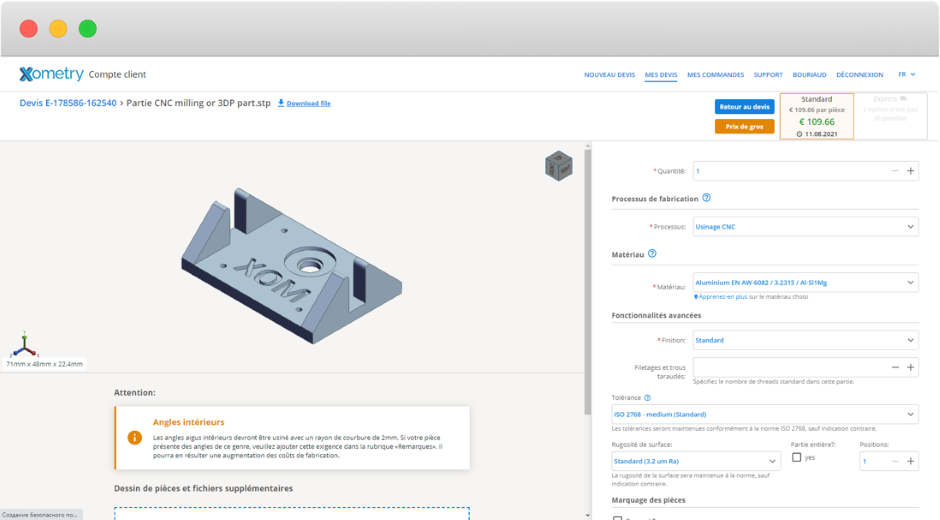The aerospace industry demands precision components that guarantee the highest levels of performance and safety. That's why CNC machined parts are a critical part of aerospace engineering. In this article, we'll explore the importance of CNC machined aerospace parts and the capabilities of modern CNC machining techniques.

What are CNC Machined Parts?
CNC (Computer Numerical Control) machining is a process of producing high-precision components using computer-aided design (CAD) models. CNC machines use pre-programmed software that controls the movement of cutting tools to carve intricate geometries from raw materials, such as metal or plastic.
Aerospace engineers rely on CNC machined parts because they provide the necessary tolerances and surface finishes needed for products that are safe and reliable. CNC machining allows for accuracy and repeatability, making it an ideal method for creating complex components.
The Importance of CNC Machined Aerospace Parts
The aerospace industry is one of the most demanding sectors in manufacturing. It requires components that operate in extreme conditions, such as high altitudes, extreme heat and cold, and rapid changes in pressure. Aerospace machinery parts, therefore, must be precise, reliable, and durable.
CNC machining offers superior precision, even in challenging conditions, which is vital in producing aircraft parts. The accuracy of CNC machining ensures consistently perfect dimensions and delivers tight tolerances within fractions of a millimeter, a crucial factor when designing aircraft systems.
Benefits of CNC Machined Aerospace Parts
CNC machining is a robust and versatile process that offers numerous benefits over traditional manufacturing methods, such as casting or forging. Here are some benefits of CNC machined aerospace parts:
1. Precision and Consistency - CNC machining delivers repeatable results, with every iteration being identical to the last. This consistency makes CNC machining ideal for manufacturing large volumes of aerospace components.
2. Time and Cost-Effective - CNC machining can produce high volumes of components efficiently and quickly, reducing production times and costs.
3. Faster Turnaround - CNC machining can create parts with complex geometries that would typically require multiple steps with traditional manufacturing. This flexibility enables a more rapid turnaround time and allows for more design iterations during product development.
4. Quality Control - CNC machining offers a precise, high-quality finish that is essential for aerospace components.
Capabilities of Modern CNC Machining for Aerospace Parts
CNC machinery technology is constantly improving, and modern machines have increased the capabilities of the process, especially when it comes to aerospace engineering. Here are some advanced features of modern CNC machining for aerospace parts:
1. Multi-Axis Machining - Modern CNC machines can perform multi-axis machining that can work simultaneously on three or more axes. This feature enables incredibly accurate and intricate geometries, such as those found in engine components or wing flaps.
2. Automated Tool Changers - CNC machines equipped with automated tool changers can swap tools without human intervention, reducing downtime and increasing production.
3. Digital Inspection - Modern CNC machines can perform digital inspections on completed parts, ensuring that the quality matches the design specifications.
Conclusion
CNC machined aerospace parts have proven that they are the backbone of the aerospace engineering domain, providing the accuracy and precision that makes the aerospace industry run smoothly. Machined aerospace parts are vital to keeping aircraft and space vessels safe, secure, and efficient.
As technology continues to improve, the capabilities of CNC machines will continue to grow, and new methods of manufacturing will emerge. However, one thing is clear, and that is that CNC machining will remain an integral part of the aerospace industry long into the future.